Need help removing grass from landscape bed
Ryan M
4 years ago
last modified: 4 years ago
Featured Answer
Sort by:Oldest
Comments (15)
Related Professionals
Clayton Landscape Contractors · Edwardsville Landscape Contractors · Norwalk Landscape Contractors · Ronkonkoma Landscape Contractors · Royal Oak Landscape Contractors · Cincinnati Decks, Patios & Outdoor Enclosures · Hyattsville Decks, Patios & Outdoor Enclosures · Forest Park Landscape Architects & Landscape Designers · Bound Brook Landscape Contractors · Wallingford Landscape Contractors · Raytown Landscape Contractors · Benbrook Landscape Architects & Landscape Designers · Lyndhurst Landscape Contractors · Greenfield Landscape Contractors · East Norriton Landscape Contractorsemmarene9
4 years agolaceyvail 6A, WV
4 years agoPeter Grimmer
4 years agoUser
4 years agogardengal48 (PNW Z8/9)
4 years agobranson4020
4 years agoroselee z8b S.W. Texas
4 years agoLesli Neubauer (South central TX zone 8b/9)
4 years agotete_a_tete
4 years agolast modified: 4 years agoXtal in Central TX, zone 8b
4 years agozmith
4 years agolast modified: 4 years ago
Related Stories

GARDENING GUIDESSmall Gem Lawns: More Impact From Less Grass
Instead of letting the lawn sprawl, make it a shapely design element in your yard. You’ll reap benefits both practical and aesthetic
Full Story
PETS6 Ways to Help Your Dog and Landscape Play Nicely Together
Keep your prized plantings intact and your dog happy too, with this wisdom from an expert gardener and dog guardian
Full Story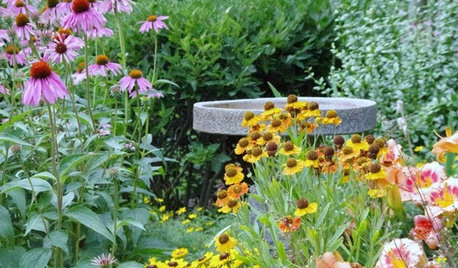
LANDSCAPE DESIGN5 Invaluable Lessons From a Landscape Architect
Find out how to give your home the curb appeal it deserves with these helpful pro tips
Full Story
LIFEFrom the Wild, Home: Elements of a Landscape of Experience
See how simplicity, mystery and lessons from nature can help you create a rich garden experience at home
Full Story
LANDSCAPE DESIGNHow to Help Your Home Fit Into the Landscape
Use color, texture and shape to create a smooth transition from home to garden
Full Story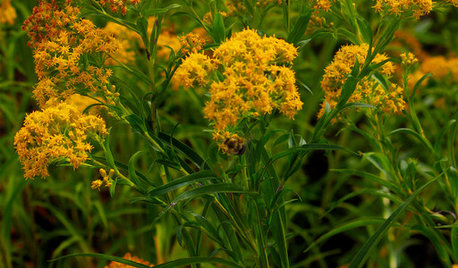
FLOWERS AND PLANTSThis Sunny Yellow Flower Helps Fall Pollinators and Landscapes
Oligoneuron riddellii’s distinct grass-like leaves and bright flowers jazz up the garden in the upper Midwest and Central Plains
Full Story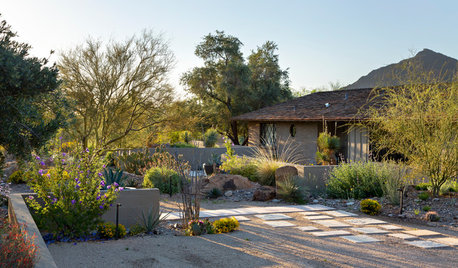
LANDSCAPE DESIGNFire-Wise Landscapes Can Help Keep Your Home and Property Safe
Choose fire-resistant plants and materials and create defensible areas using these design strategies
Full Story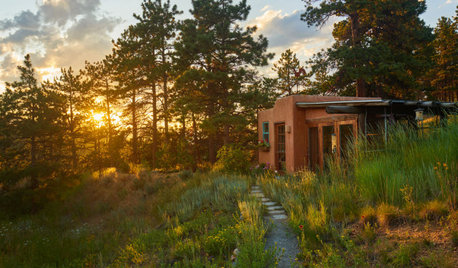
EARTH DAY12 Sustainable Gardening Ideas From Landscape Design Pros
Create a more earth-friendly garden by planting for pollinators, ditching pesticide use and more
Full Story
GRASSES10 Ways to Use Ornamental Grasses in the Landscape
These low-maintenance plants can add beauty, texture and privacy to any size garden
Full Story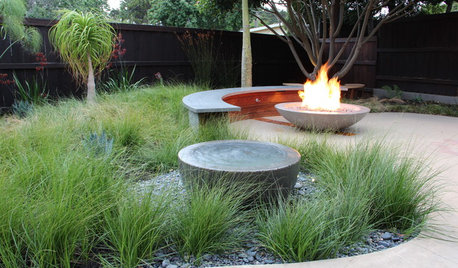
LANDSCAPE DESIGNEnergize Your Landscape With Masses of Grasses
Create year-round interest with waves of attention-getting grasses for all kinds of yards
Full StoryMore Discussions






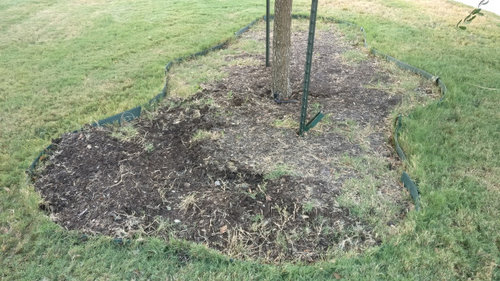



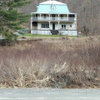

Yardvaark